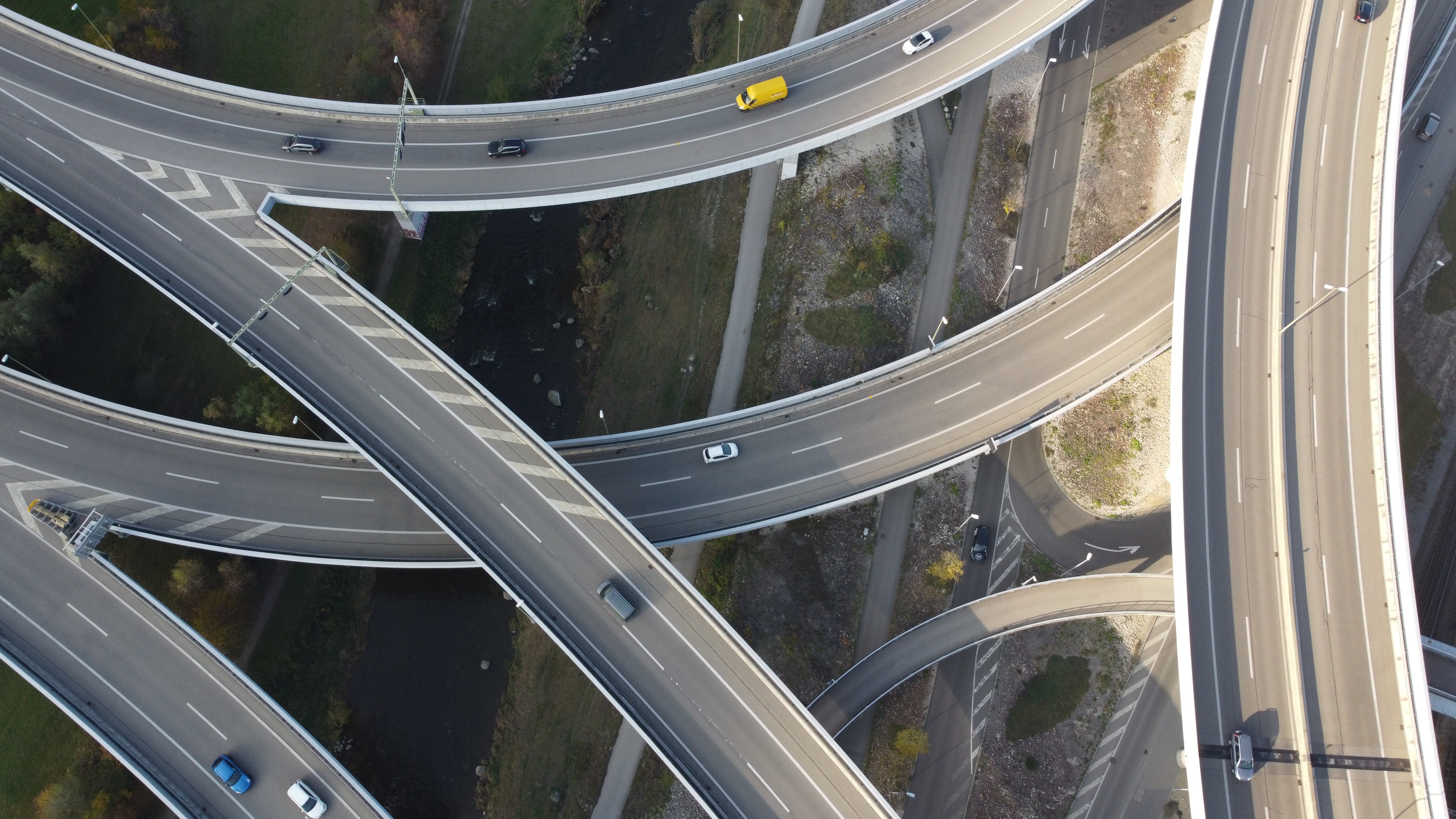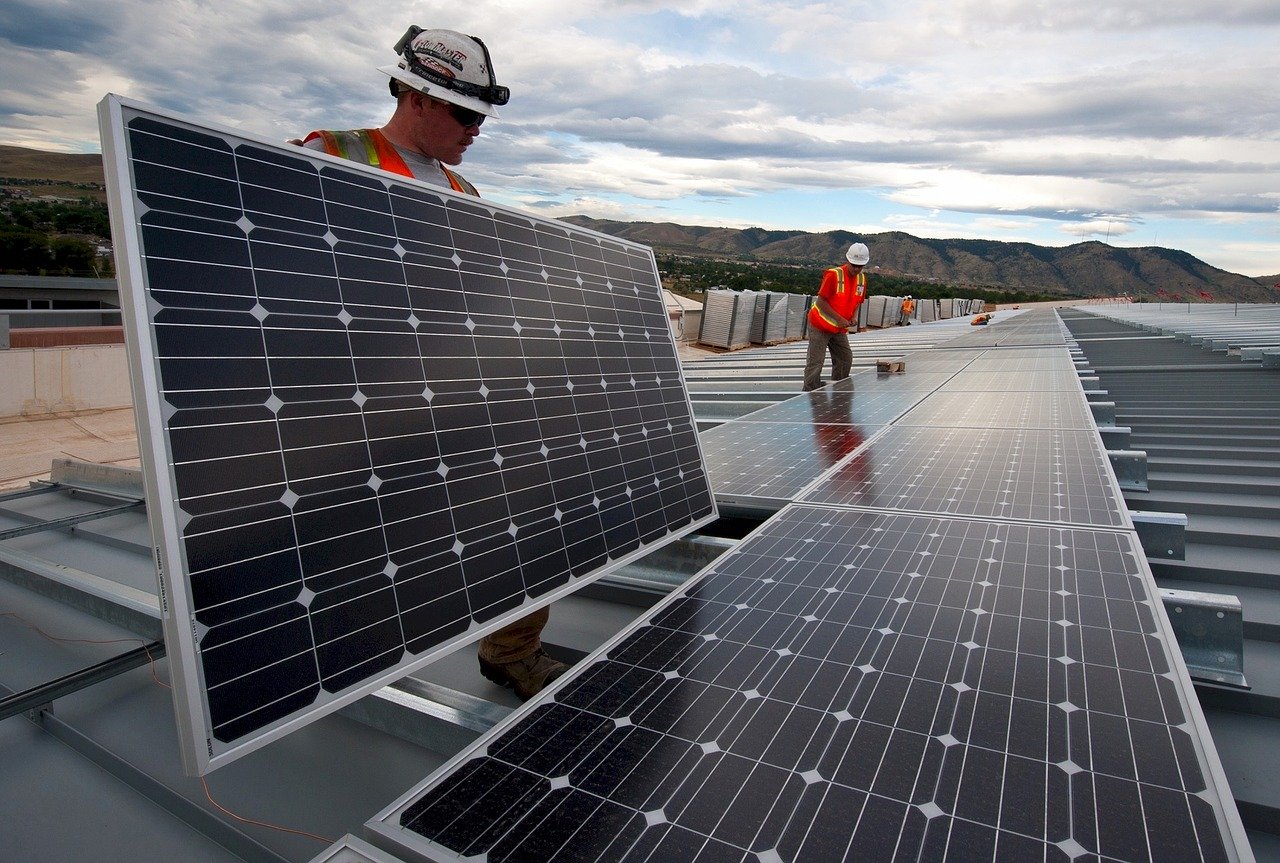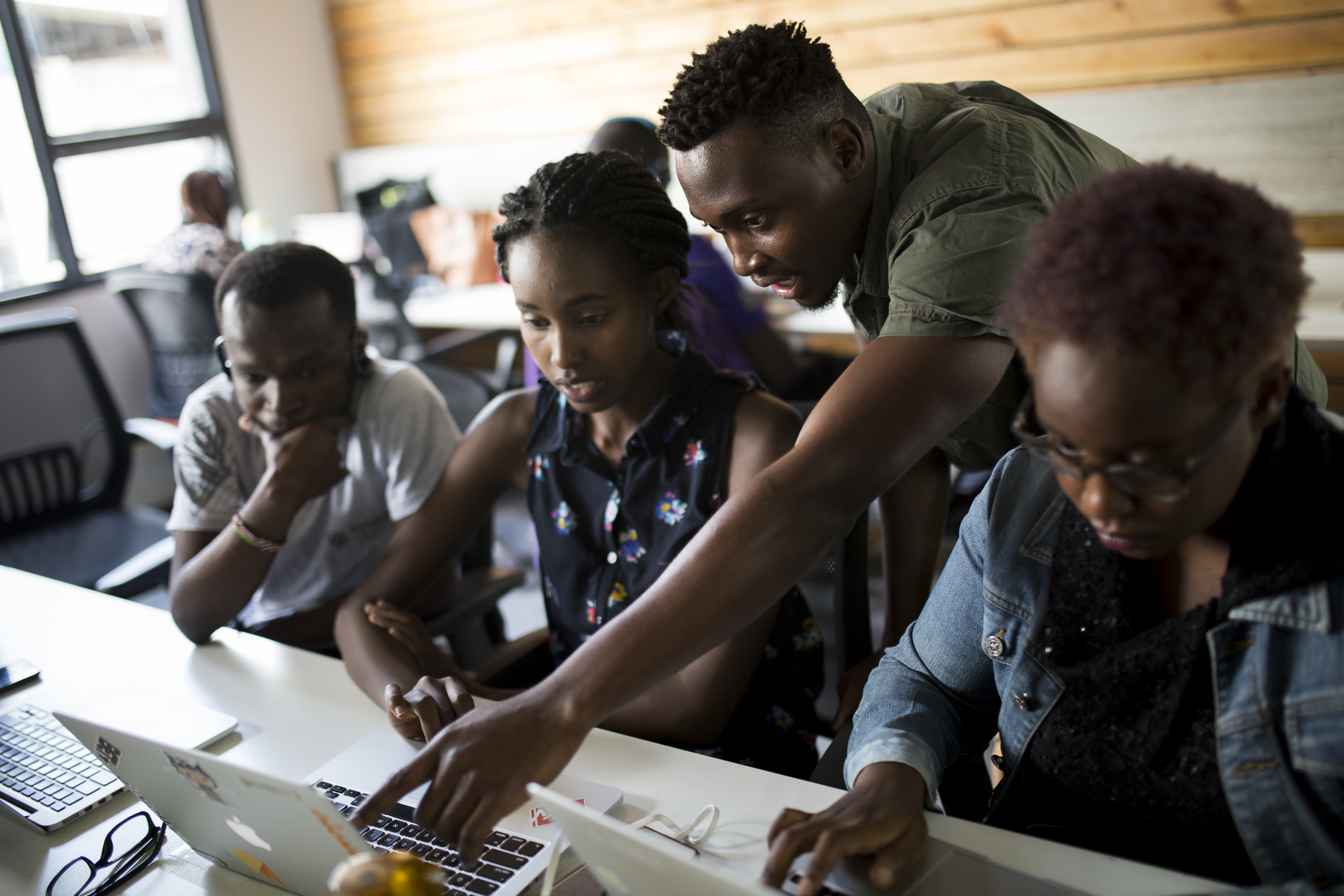1740 results found
Featured results



More results
Many of the bridges are located in rural areas with low traffic volumes, hence PPP solutions are not attractive for investors
In light of Pennsylvania having over 4,500 bridges classified as structurally deficient, the Pennsylvania Department of Transportation (PennDOT) decided to prioritize infrastructure repair and replacement work
The City of Paris has used Energy Performance Contracts (EPCs) to refurbish 240 schools in two phases, with a third phase now underway. The refurbishments, tailored to each school, include window renovations and the installation of LED lighting, sensors, insulation and new boiler systems.
The Indonesian Government aims to expand its geothermal energy sector to reduce greenhouse gas emissions. The Green Climate Fund (GCF) and Clean Technology Fund (CTF) are offering USD127.5m in financing, consisting of a senior concessional loan for public sector projects, a reimbursable grant for private sector projects, and a grant for technical assistance. World Bank will also provide USD100 million loan to scale up investments in geothermal energy in Indonesia.
In the Netherlands, the regulatory requirement is that the surface layer of asphalt roads have a whole-of-life span of six years. Currently, 60% of rubble from broke-up old roads can be reused in the construction of new roads, however increasing that percentage of reuse is mostly improbable due to stability and safety concerns. Dura Vermeer, a Dutch construction, infrastructure, and engineering business, has developed the technology to create top layer asphalt which can last up to 15 years (twice as long as current asphalt roads), but costs 10% more than regular asphalt roads.
Thailand's greenhouse gas emissions grew by c. 70 percent between 2000 and 2010, leading to environmental concerns
Most public infrastructure investments in the US are made by individual states rather than the federal government
The PPP procurement model ensured that tenders are offered at the individual project level
In the late 1990s, the National Health Service (NHS) was struggling with its numerous rundown health facilities. New buildings were needed, particularly where old facilities were obsolete, often in the poorest areas of the country
The planned 750MW Rewa Solar Project in the state of Madhya Pradesh will be one of the world's largest solar photovoltaic (PV) projects
Asia long faced a gap of investment capital available for infrastructure projects
As of 2016, Sterlite has a total portfolio of 10 projects worth USD 1.5B, four of which are fully operational, two partially operational and four under construction
In 2005, DC Water entered into an agreement with the EPA, establishing a 20 year plan worth c. USD 2.6B in planned investments to reduce 1 Combined Sewer Overflows (CSO) by 96%
Between 20 and 40 percent of the annual correctional population is homeless and has an arrest record for nonviolent nuisance crimes
The budget for federal rental assistance has long been insufficient and regularly reduced or threatened with complete removal across different political cycles
The development of credit ratings for loans in emerging countries is critical for accessing capital markets
The African Development Bank (AfDB) is mandated to drive social and economic development in Africa through multiple project types including infrastructure
To ease traffic congestion and reduce travel time between downtown Montreal, its suburbs and airport, CDPQ Infra sought to develop a 67km light rail transit (LRT) project, spanning 26-stations
The Uruguayan government planned to diversify its energy mix, reducing its heavy reliance on hydropower and imported fossil fuels during drought seasons
As of April 2019, the IFC successfully raised USD 7.1B from eight global investors through the MCPP, USD 3.6B worth of funds
The International Finance Corporation (IFC) has a mandate to mobilize private financing and is looking to do this through various syndicated products including: B Loans, Parallel Loans and A Loan Participations
Uganda is targeting a 22% emissions reduction from a business-as-usual scenario by 2030.
Uganda is targeting a 22% emissions reduction from a business-as-usual scenario by 2030. A run-of-river hydropower station project lowered energy costs and reduced greenhouse gas emissions.
A bond issuance anchored by IFC allowed Liquid Intelligent Technologies to expand access to broadband internet and digital and cloud services across Africa.
A green bond issuance by Continuum Wind Energy contributed to the continued growth of India's renewable energy sector.
The Mohammed bin Rashid Solar Park is the largest single-site solar park in the world; it uses an Independent Power Producer (IPP model) and a build-own-operate project structure
The UAE Vision 2021 includes the Green Economy for Sustainable Development Initiative. This includes sourcing 75% of Dubai’s power from clean sources by 2050, and 25% from solar power















